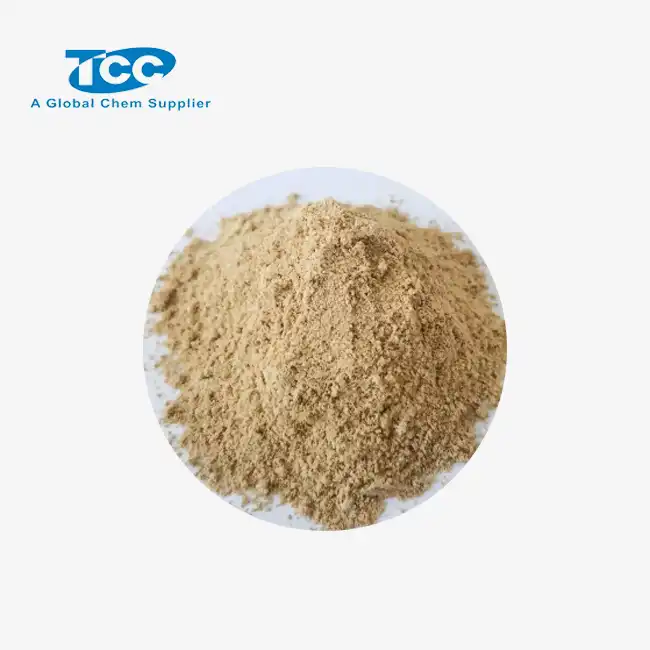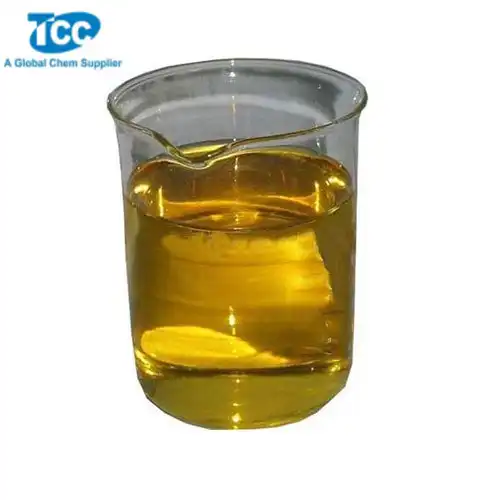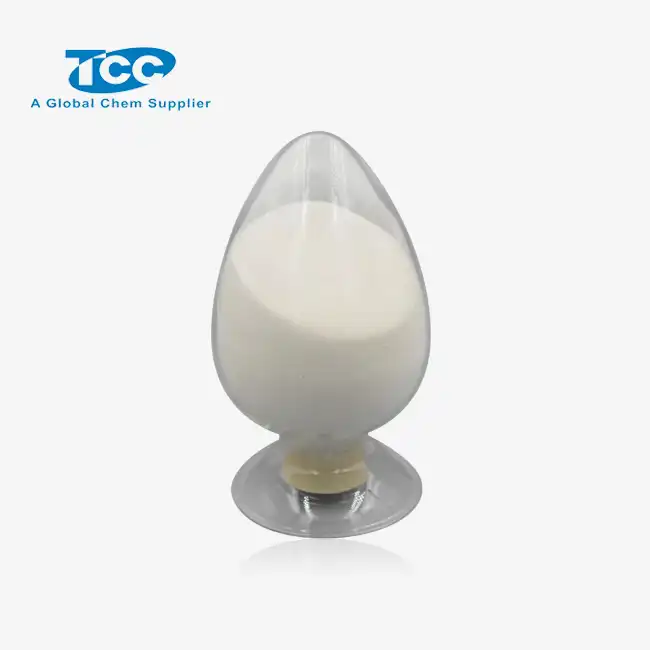- English
- French
- German
- Portuguese
- Spanish
- Russian
- Japanese
- Korean
- Arabic
- Greek
- German
- Turkish
- Italian
- Danish
- Romanian
- Indonesian
- Czech
- Afrikaans
- Swedish
- Polish
- Basque
- Catalan
- Esperanto
- Hindi
- Lao
- Albanian
- Amharic
- Armenian
- Azerbaijani
- Belarusian
- Bengali
- Bosnian
- Bulgarian
- Cebuano
- Chichewa
- Corsican
- Croatian
- Dutch
- Estonian
- Filipino
- Finnish
- Frisian
- Galician
- Georgian
- Gujarati
- Haitian
- Hausa
- Hawaiian
- Hebrew
- Hmong
- Hungarian
- Icelandic
- Igbo
- Javanese
- Kannada
- Kazakh
- Khmer
- Kurdish
- Kyrgyz
- Latin
- Latvian
- Lithuanian
- Luxembou..
- Macedonian
- Malagasy
- Malay
- Malayalam
- Maltese
- Maori
- Marathi
- Mongolian
- Burmese
- Nepali
- Norwegian
- Pashto
- Persian
- Punjabi
- Serbian
- Sesotho
- Sinhala
- Slovak
- Slovenian
- Somali
- Samoan
- Scots Gaelic
- Shona
- Sindhi
- Sundanese
- Swahili
- Tajik
- Tamil
- Telugu
- Thai
- Ukrainian
- Urdu
- Uzbek
- Vietnamese
- Welsh
- Xhosa
- Yiddish
- Yoruba
- Zulu
Is Sodium Hexametaphosphate Powder Safe for Food Applications?
Sodium Hexametaphosphate powder, a widely used food additive and industrial chemical, has been the subject of much discussion regarding its safety in food applications. As consumers become increasingly conscious of the ingredients in their food, it's essential to address the concerns surrounding this versatile compound. Sodium Hexametaphosphate, also known as SHMP, is a water-soluble polyphosphate salt that serves various purposes in food processing, water treatment, and industrial applications. Its ability to act as an emulsifier, sequestrant, and texture modifier has made it a valuable ingredient in many food products. However, questions about its safety and potential health effects have arisen. This blog post aims to explore the safety of Sodium Hexametaphosphate powder in food applications, examining regulatory guidelines, debunking common misconceptions, and providing proper usage guidelines for consumers.
FDA Regulations on Food Additives
GRAS Status and Approved Uses
The U.S. Food and Drug Administration (FDA) has designated Sodium Hexametaphosphate as Generally Recognized as Safe (GRAS) for use in food applications. This classification means that experts have concluded that the substance is safe under the conditions of its intended use. The FDA has approved Sodium Hexametaphosphate for various food applications, including as a sequestrant, emulsifier, and texturizer. It is commonly used in processed meats, dairy products, seafood, and beverages. The GRAS status of Sodium Hexametaphosphate provides a level of assurance to consumers and food manufacturers regarding its safety when used within the prescribed limits and for approved purposes.
Acceptable Daily Intake (ADI)
The Joint FAO/WHO Expert Committee on Food Additives (JECFA) has established an Acceptable Daily Intake (ADI) for phosphates, including Sodium Hexametaphosphate, of 70 mg/kg body weight per day. This ADI is based on comprehensive toxicological studies and safety assessments. It's important to note that this limit applies to the total intake of phosphates from all dietary sources, not just Sodium Hexametaphosphate alone. Food manufacturers are required to adhere to these guidelines to ensure that their products do not exceed safe levels of phosphate additives. Consumers can take comfort in knowing that regulatory bodies have set these limits to protect public health and safety.
Labeling Requirements
To promote transparency and informed consumer choice, the FDA mandates that Sodium Hexametaphosphate be listed on food labels when used as an ingredient. It may appear under various names, including sodium polyphosphate, sodium hexametaphosphate, or E452i. This labeling requirement allows consumers to identify products containing this additive and make informed decisions based on their dietary preferences or restrictions. Additionally, food manufacturers must comply with specific usage limits for Sodium Hexametaphosphate in different food categories to ensure that the final product remains within safe consumption levels.
Common Misconceptions Debunked
Phosphate Concerns and Kidney Health
One common misconception about Sodium Hexametaphosphate is its potential impact on kidney health. While it's true that individuals with kidney disease need to monitor their phosphate intake, the phosphate from Sodium Hexametaphosphate in food additives contributes only a small fraction to the overall dietary phosphate intake for most people. The majority of dietary phosphates come from natural sources such as dairy products, meats, and grains. Moreover, the body's ability to regulate phosphate levels is typically efficient in healthy individuals. It's important to note that the amounts of Sodium Hexametaphosphate used in food applications are carefully regulated to ensure they fall within safe limits. For those with specific health concerns, consulting with a healthcare professional about dietary phosphate intake is always recommended.
Alleged Links to Cancer
Another misconception surrounding Sodium Hexametaphosphate is its alleged link to cancer. It's crucial to clarify that there is no scientific evidence supporting a direct causal relationship between Sodium Hexametaphosphate consumption and cancer development. Extensive toxicological studies have been conducted on phosphate additives, including Sodium Hexametaphosphate, and regulatory bodies have deemed it safe for use in food applications within specified limits. The confusion may arise from the fact that some studies have explored the effects of high phosphate intake on various health parameters. However, these studies often involve levels of phosphate consumption far exceeding what would be obtained from normal dietary sources, including food additives. As with any substance, moderation is key, and the regulated use of Sodium Hexametaphosphate in food products ensures that consumers are not exposed to harmful levels.
Natural vs. Synthetic Additives
There's a common belief that synthetic additives like Sodium Hexametaphosphate are inherently less safe than natural alternatives. However, this is a misconception that oversimplifies the complex nature of food safety. The safety of a substance is not determined by whether it is natural or synthetic, but rather by its chemical properties, toxicological profile, and the amounts in which it is consumed. Sodium Hexametaphosphate, despite being synthetically produced, has undergone rigorous safety assessments and has been used safely in food applications for decades. It's worth noting that many natural substances can be harmful if consumed in large quantities, while many synthetic additives have been carefully developed and tested to ensure their safety. The key is to evaluate each substance based on scientific evidence rather than generalizations about natural versus synthetic origins.
Proper Usage Guidelines for Consumers
Reading Food Labels
For consumers concerned about their intake of Sodium Hexametaphosphate, reading food labels is crucial. As mentioned earlier, Sodium Hexametaphosphate must be listed on the ingredient label of foods containing it. Look for terms such as "sodium hexametaphosphate," "sodium polyphosphate," or "E452i." Understanding how to interpret these labels can help consumers make informed choices about their food purchases. It's important to remember that the presence of Sodium Hexametaphosphate in a product doesn't necessarily mean the product is unsafe. The additive is used in regulated amounts to serve specific functions in food, such as improving texture or preventing spoilage. However, for those wishing to limit their intake of phosphate additives, being able to identify Sodium Hexametaphosphate on labels is a valuable skill.

Balanced Diet Considerations
Maintaining a balanced diet is key to managing overall phosphate intake, including that from Sodium Hexametaphosphate. While phosphates are essential nutrients, excessive intake can be a concern for some individuals, particularly those with kidney issues. A balanced diet typically provides adequate phosphates from natural sources such as dairy products, meats, and whole grains. The additional phosphate from food additives like Sodium Hexametaphosphate generally contributes a relatively small amount to the total dietary intake. Consumers should focus on a varied diet rich in whole foods, which naturally helps to regulate nutrient intake. If there are specific health concerns related to phosphate intake, consulting with a registered dietitian or healthcare provider can provide personalized guidance on managing dietary phosphates, including those from additives like Sodium Hexametaphosphate.

Special Dietary Needs
Individuals with special dietary needs, such as those with kidney disease or on low-phosphate diets, should pay particular attention to their intake of phosphate additives, including Sodium Hexametaphosphate. For these individuals, working closely with healthcare providers or registered dietitians is crucial to develop a suitable meal plan. They may need to limit their consumption of processed foods that commonly contain phosphate additives. It's important to note that while Sodium Hexametaphosphate is generally recognized as safe for the general population, those with specific health conditions may need to exercise more caution. In such cases, healthcare professionals can provide guidance on reading food labels, identifying hidden sources of phosphates, and making appropriate food choices. They may also recommend alternatives or strategies to manage phosphate intake while still maintaining a nutritious and enjoyable diet.

Conclusion
In conclusion, Sodium Hexametaphosphate powder is generally considered safe for food applications when used within regulated limits. Its GRAS status, established ADI, and strict labeling requirements provide a framework for its safe use in the food industry. While misconceptions exist, scientific evidence supports its safety for the general population. Consumers can make informed choices by reading food labels and maintaining a balanced diet. For those with special dietary needs, consulting healthcare professionals is advisable. As with any food additive, moderation and awareness are key to ensuring safe consumption.
For more information on Sodium Hexametaphosphate and other chemical products, please contact Xi'an TaiCheng Chem Co., Ltd. at sales@tcc-ofc.com. As a trusted manufacturer and supplier, we are committed to providing high-quality products and technical support to meet your industrial and food application needs.
References
1. FDA. (2021). Generally Recognized as Safe (GRAS) Substances Database. U.S. Food and Drug Administration.
2. JECFA. (2019). Evaluation of certain food additives: eighty-sixth report of the Joint FAO/WHO Expert Committee on Food Additives. World Health Organization.
3. Weaver, C. M., & Heaney, R. P. (2006). Calcium in Human Health. Springer Science & Business Media.
4. Ellam, T. J., & Chico, T. J. (2012). Phosphate: The new cholesterol? The role of the phosphate axis in non-uremic vascular disease. Atherosclerosis, 220(2), 310-318.
5. Ritz, E., Hahn, K., Ketteler, M., Kuhlmann, M. K., & Mann, J. (2012). Phosphate additives in food—a health risk. Deutsches Ärzteblatt International, 109(4), 49.
6. Uribarri, J. (2009). Phosphorus homeostasis in normal health and in chronic kidney disease patients with special emphasis on dietary phosphorus intake. Seminars in Dialysis, 22(4), 395-401.
Learn about our latest products and discounts through SMS or email

 Sodium_1742867378025.webp)

